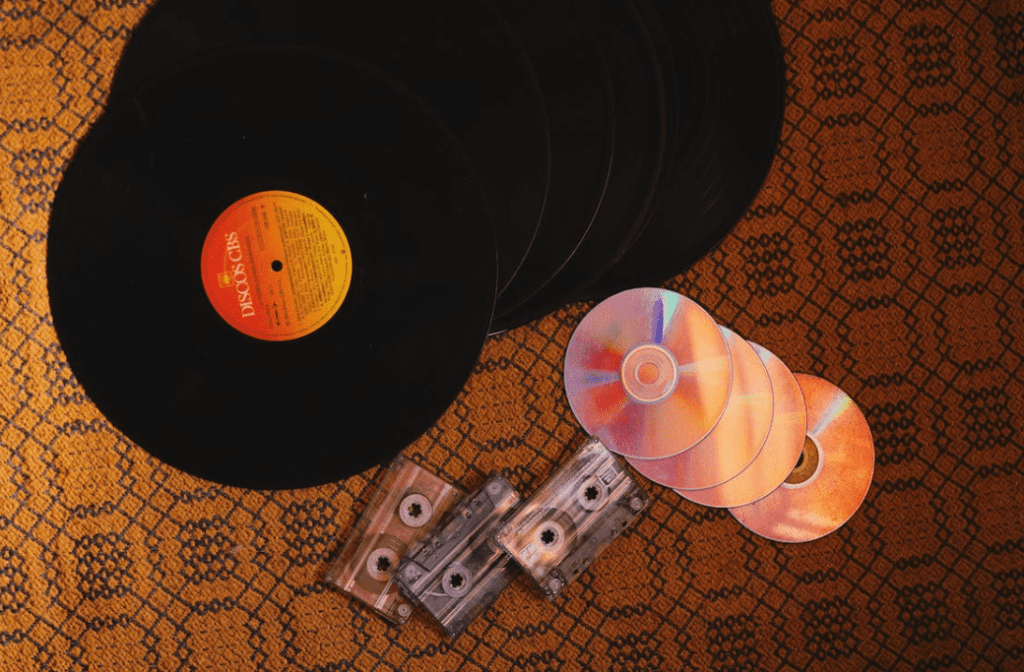Visualization For Pain Relief
Learn how to deal with physical pain through visualization for pain relief.

Selfpause Affirmation App
Download the app to get 1,000’s of affirmation meditations and everything you need to write, record and listen to your own.
Visualization for pain relief is a powerful tool that can help you deal with physical pain. By focusing on the area of pain, you can visualize a variety of different things. Try visualizing white light healing, releasing tension in different parts of your body, or relaxing your entire body. This type of visualization helps you focus on your body and can be particularly helpful if you’re suffering from back pain.
Guided imagery

Guided imagery for pain relief is a method for controlling pain and disease through the unconscious mind. It can affect bodily functions like breathing and heart rate without the patient even being aware of it. Moreover, it can be used to manage stress, too. In addition to relieving pain, guided imagery can help people deal with a variety of ailments.
The process of guided imagery involves imagining a peaceful environment or body. It may help decrease pain perception by lowering cortisol levels. The techniques are helpful for those who experience chronic pain, including arthritis and other chronic health problems. A review of seven randomized controlled trials found that guided imagery significantly reduced pain and the use of pain medications.
Although guided imagery is not a substitute for physical therapy, it is an excellent complement to treatment for pain. It uses healing words and images accompanied by soothing music to achieve specific healing or wellness goals. The guided imagery meditations are designed to be repeated several times a day for maximum benefits.
Flowly
Flowly is a patented VR app that takes you on a journey through a relaxing virtual reality. It is designed to ease pain and relax you. By practicing biofeedback and learning to regulate your nervous system, you will begin to feel less stressed and less pain. Flowly’s virtual reality helps you transition from the pain state to the flow state.
Start by defining your pain. Is it dull, bright, heavy, or moving? Whatever the case, think about the different characteristics of pain and the way it affects you. From there, imagine an “exit route” from the pain area. Choose three points on your body, such as the head, the lower back, and the feet, where you feel pain.
You can adapt the visualizations to suit your specific needs. For example, if your pain is intense, try visualizing a light that is cleansing or divine. The more you practice visualization, the easier it will be to access relaxation. If you practice visualization at the same time each day, it may be easier for you to tap into this state more often.
Scripts

Visualization can help you overcome your pain by picturing a pleasant scene. You can use this technique in conjunction with progressive muscle relaxation. Visualization is a powerful technique for people who suffer from chronic pain. It can also relieve anxiety and depression. It is also a great way to improve your self-esteem.
Visualization helps you relax, reduce stress, and reduce the intake of painkillers. This technique has been proven to be effective during heart surgery, where it is used during the operative procedure to reduce the number of pain patients feel. The study found that patients who visualized themselves in a comfortable place during the procedure expressed less pain and asked for fewer painkillers.
Guided imagery is another technique you can use for pain relief. This technique uses a script or audio recording to help you create an image of a pleasant experience. This technique allows you to engage all of your senses and helps you relax and feel better. It’s especially helpful if you have tried traditional medicine without success.
Tapes

Visualization exercises can be a great way to reduce the effects of pain and tension. By focusing on certain things, such as a white light that cleanses the body, the pain can be minimized. You can record yourself doing these exercises and play them back while you’re sitting in a comfortable position. Depending on the type of pain you have, you may want to use different visualizations.
It’s important to find a quiet place where you can focus on your visualization. If possible, you should also make sure you are away from any distractions. For example, you might want to turn your cell phone to silent and turn your music to a low volume. You can do this anywhere, but you need to make it a habit to do it every day.
The guided imagery exercise is a good way to reduce the effects of pain and inflammation. Through repetition, the visualization exercises cause a conditioning effect. This means that positive physical changes will be present whenever the patient chooses to use them. For those with chronic pain, guided imagery can help. It can also reduce the symptoms of stress.
CDs

Visualization for pain relief works by focusing on a relaxing scene. Visualizations can be combined with progressive muscle relaxation. People who suffer from chronic pain can use this technique to help them deal with pain. Using visualization for pain relief is easy, and anyone can do it. However, it is important to make it a habit.
Visualization exercises use graphic images in the mind. Repeating these exercises over, they produce a comforting and healing effect. The repetitive nature of these exercises creates a conditioning effect, causing positive physical changes to occur whenever the patient chooses to use them. The imagery used in these exercises can involve all of the senses.
Depending on the type of pain that you’re experiencing, you can choose to visualize various scenarios. You can also imagine white light as cleansing or divine light. As you become more familiar with the different visualizations, you’ll be able to find the ones that work best for you. If you practice visualization regularly, it can help you manage pain effectively.
Relaxation
One of the most effective ways to manage pain is through relaxation visualization. This practice involves focusing on an image of a calming light that can alleviate pain. In addition, visualization can help you release tension and heartache. It is important to find a visualization that fits your needs. For example, you could focus on the white light and imagine it healing the affected area.
While practicing visualization, you should be in a quiet place. If possible, turn off your cell phone and minimize distractions. Sit comfortably, and take slow, deep breaths. Make this a habit to help you reduce your pain. Try to visualize a happy place or event. As the pain fades, you will feel a sense of relief.
This technique has shown some promise, but it must be practiced consistently to produce positive results. A study conducted by Coppieters et al. (2016) found that relaxation techniques were more effective in chronic musculoskeletal pain than for fibromyalgia. In addition, the effect of relaxation techniques may depend on the type of chronic pain.
Our Top FAQ's
Some common visualization techniques used for pain relief include guided imagery, where a person is guided through a visualization exercise by a therapist or through a recorded session; self-directed visualization, where a person practices visualization on their own; and progressive muscle relaxation, where a person visualizes tensing and relaxing specific muscle groups in the body.
Visualization works to reduce pain by activating the body’s natural relaxation response and by helping a person to shift their focus away from their pain. When a person visualizes a soothing or calming scene or image, it can help to relax their muscles and lower their heart rate, blood pressure, and stress levels. This relaxation response can help to reduce the perception of pain and improve a person’s overall sense of well-being.
Visualization can be used in conjunction with other pain management techniques, such as medication or physical therapy. It is often recommended as a complementary therapy to help manage chronic pain and may be used in conjunction with other treatments to enhance their effectiveness.
Someone with chronic pain can incorporate visualization into their pain management routine by setting aside time each day to practice visualization techniques, such as guided imagery or self-directed visualization. It may be helpful to start with short sessions (5-10 minutes) and gradually increase the length of time as they become more comfortable with the technique. It can also be helpful to find a quiet, comfortable place to practice visualization, and to choose a time of day when they are feeling relatively relaxed and free from distractions.
Visualization can be effective for all types of pain, including chronic pain, acute pain, and post-surgical pain. It is generally considered to be a safe and non-invasive treatment option and may be used in combination with other therapies to help manage pain. However, it is always important to consult with a healthcare professional before beginning any new pain management treatment. They can help to determine the most appropriate treatment plan for an individual’s specific needs and conditions.
